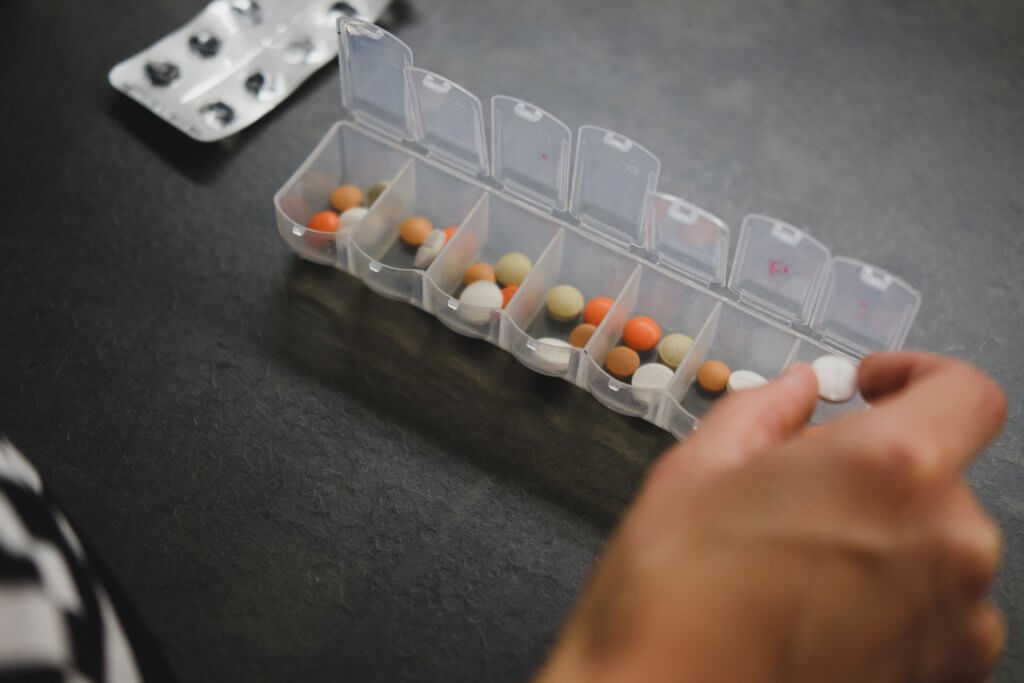GOTHENBURG, Sweden — Cancer researchers continue to roll out new and promising treatments for patients all over the world. However, a new study finds that many end up being completely ineffective, failing to improve the quality of life or extend the lifespans of cancer patients. Specifically, researchers in Sweden found that up to two in three cancer drugs prove to be useless for patients after years of research.
A team from the University of Gothenburg looked at the scientific evidence surrounding nearly two dozen new cancer drugs during their study. They note that many medications receive rapid approval before scientists have a chance to conduct long-term tests on how these drugs actually impact the lives of cancer patients.
Cancer research dominates the pharmaceutical industry worldwide, with companies constantly launching new products that show signs of benefiting patients in some way. In Europe, the Swedish team notes that drugs receive approval from the European Medicines Agency (EMA) and enter the market after national reimbursement processes begin.
To reach cancer patients sooner, however, the agency often approves medications based on studies that show a positive effect on human biomarkers — not actual patients. Even several years after these drugs receive approval, the researchers say many still lack any evidence that they definitively help people battling cancer.
2 in 3 drugs failed to show a benefit
The Gothenburg team examined 22 cancer drugs approved for reimbursement in Sweden over the last 10 years, examining studies that tested their ability to improve quality of life or lengthen lifespans. On average, these reports examined the drugs for 6.6 years.
Results revealed only seven of the 22 drugs had at least one study which showed a clear benefit for cancer patients. Randomized controlled trials on the other 15 failed to show any tangible benefits for people with cancer. Only one drug in the study showed an ability to both improve the quality of life and extend lifespans for patients.
“We have shown that the majority of the drugs launched with limited evidence still lack clear evidence of how they actually affect survival and quality of life in patients,” says Gabriella Chauca Strand, a doctoral student at Sahlgrenska Academy at the University of Gothenburg and the lead author of the study, in a university release.

Study authors say the fact that cancer treatment research is taking up more and more of the limited resources within health systems means there should be more scrutiny over the drugs which do receive approval for use.
“The lack of confirmatory evidence for important patient outcomes is problematic and creates uncertainty about how these drugs actually contribute to meaningful patient benefit, and ultimately how effectively resources are being used within healthcare,” Strand says.
The findings are published in the scientific journal Clinical Drug Investigation.
What steps do new drugs go through to reach patients in the U.S.?
Developing a new drug is a complex and rigorous process that can take up to several years. This process is carefully regulated to ensure the safety and effectiveness of the drug. The process includes the following stages:
Preclinical Testing: This is the initial stage of drug development. It involves laboratory experiments to understand the drug’s effect on cells. This phase includes both in vitro (in the lab, often in Petri dishes) and in vivo (in animal models) testing. If the drug shows promising results, it moves to the next phase.
Investigational New Drug Application (IND): In this step, the drug’s developers compile the results from the preclinical testing and submit an IND application to a regulatory agency such as the U.S. Food and Drug Administration (FDA). This application should contain data from the preclinical testing, proposed clinical trial protocols, data about the drug’s manufacturing, and plans for patient safety monitoring. If the application is approved, the drug can move to clinical trials.
Clinical Trials: Clinical trials involve testing the drug in humans and are generally conducted in three phases:
- Phase I: This is the first stage of testing in humans. The primary goal is to evaluate the drug’s safety, determine a safe dosage range, and identify side-effects. This phase often includes a small number of healthy volunteers or patients.
- Phase II: If Phase I is successful, the drug moves to Phase II testing, where the focus is on evaluating the drug’s effectiveness and further assessing its safety. This phase involves more participants who have the condition that the drug is intended to treat.
- Phase III: This phase involves randomized and blind testing in several hundred to several thousand patients. The aim is to confirm the drug’s effectiveness, monitor side-effects, compare it to commonly used treatments, and collect information that will allow the drug to be used safely.
New Drug Application (NDA): If the results from the clinical trials are positive, the drug’s developers can submit an NDA to the FDA (or a similar application to other national regulatory bodies). This application includes full reports of the drug’s testing results, proposed labeling, and information about how it’s manufactured, processed, and packaged.
FDA Review: The FDA then reviews the NDA. If the FDA approves the application, the drug becomes available for physicians to prescribe to patients.
Post-Marketing Surveillance (Phase IV Trials): After a drug is approved, it’s continually monitored for safety in what are known as Phase IV trials. If new side-effects or problems are detected, the FDA can choose to remove the drug from the market or change its usage guidelines.
It’s important to note that many drugs never make it through this entire process. It’s estimated that for every 5,000 to 10,000 compounds that enter preclinical testing, only one is approved for patient use.


Big Pharma is willing to lie to you for profit. Story at eleven.
No surprise. They find a new one every week or so.
So, of the 22 drugs investigated, please identify the one winner.
I have read so many studies where the drug candidate had only a marginal benefit compared to the placebo.
The million dollar medication was just 1, 2 or maybe 3% better than saline or a sugar pill? Yet the drugs all come with horrendous side-effects and cost tens of thousands of dollars.
For what?
A friend’s son had a liver cancer Dx some years ago. He was prescribed 5-FU, – A drug patented back in 1956. It wasn’t particularly effective back then and has not become any better.
He lasted about a month or two.
I’m sure the medication cost his insurance many thousands, and he suffered through the side-effects.
All for nothing.
Cancer drugs are poison. Hence they kill cancer cells, however they can and do kill good and healthy human cells. My personal experience have been biologicals have destroyed
my immunomes to all meds.I survived covied 19 by isolation and no outside contact with medical people.
At present time my daughter-in-law is in a battel after breast cancer. over dose of chemo
drugs my medical doctors .and steroids’ to fight the cancer.Very painful.
Just read the labels “fact sheets “on all your medications. God help us all.
Thank you so much for highlighting this study. Most of us don’t understand we are the lab rats
they may do no good for the patients, but no matter where they come from, they make a ton of money for the manufacturer and the global drug industry. It’s not about the patients. It’s about the money – from the charities, to the private businesses, to the public/private partnerships to the governments – the $ matters most.
They do no good but they do much harm !
They do more than absolutely nothing, they will make you miserable and die sooner.
Think long and hard if you have terminal cancer before undertaking treatment that will make you physically ill.
Not all treatments do this.
Investigate and get 2nd opinions.
There is no money in a cure, but treatments are the money makers. Just think of all those pointy heads and fancy, expensive equipment would be out a job. Notice, every time a cure or semi-cure is announced, it disappears and is never heard from again.
A patient cured is a customer lost.
So what’s new? Since 1980 when interferon made the cover of Time magazine, the public has been fed one new miracle drug that uses the inmmune system to fight cancer after the other. For most people, they do little or nothing. I know there are people that respond but they are few and far between.